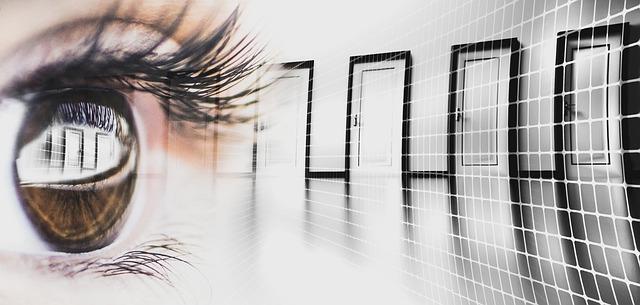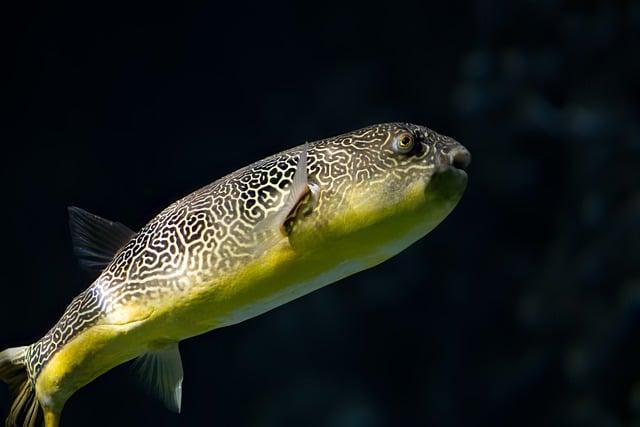On a crisp winter morning, Mia stood at the edge of a snowy slope, her breath visible in the frosty air. Clad in her vibrant puffer jacket, she felt warm and cozy, but doubts crept in. “Is this really a ski jacket?” she wondered, glancing at the sleek, technical gear worn by seasoned skiers. As she took her first run, the puffer’s insulation kept her snug, while its lightweight design allowed for easy movement. With each turn, she realized that while it might not be designed for the slopes, her puffer jacket was perfect for her adventurous spirit.
Table of Contents
- Understanding the Key Differences Between Puffer Jackets and Ski Jackets
- Evaluating Insulation and Breathability for Optimal Performance on the Slopes
- Choosing the Right Features: Pockets, Hoods, and Waterproofing Essentials
- Styling Your Winter Wardrobe: When to Wear a Puffer Jacket vs. a Ski Jacket
- Q&A

Understanding the Key Differences Between Puffer Jackets and Ski Jackets
Puffer jackets and ski jackets may seem similar at first glance, but they serve distinct purposes and are designed with different features in mind. **Puffer jackets** are primarily focused on providing warmth through their insulated, quilted design filled with down or synthetic materials. They are lightweight and often packable, making them ideal for casual wear and urban environments. However, they may lack some of the technical features necessary for high-performance activities. In contrast, **ski jackets** are engineered specifically for winter sports, incorporating elements that enhance functionality on the slopes. These jackets typically feature waterproof and breathable fabrics, reinforced seams, and additional insulation to protect against harsh weather conditions while allowing for movement during skiing or snowboarding.
When considering the differences, it’s essential to note the following characteristics:
- Insulation Type: Puffer jackets use down or synthetic fill, while ski jackets often have specialized insulation that balances warmth and breathability.
- Water Resistance: Ski jackets are designed to be waterproof or water-resistant, whereas puffer jackets may not offer the same level of protection against moisture.
- Features: Ski jackets come equipped with ski-specific features such as powder skirts, goggle pockets, and ventilation zippers, which are typically absent in puffer jackets.
- Fit and Mobility: Ski jackets are tailored for active movement, while puffer jackets may have a more relaxed fit suitable for everyday wear.
Understanding these differences can help you choose the right jacket for your needs, whether you’re hitting the slopes or simply braving the cold in the city.

Evaluating Insulation and Breathability for Optimal Performance on the Slopes
When it comes to hitting the slopes, the right balance of insulation and breathability is crucial for maintaining comfort and performance. A puffer jacket, known for its lofty insulation, can keep you warm in frigid temperatures, but it may not always provide the necessary breathability required during high-energy activities like skiing. The key is to look for materials that offer both warmth and the ability to wick moisture away from the body. Consider the following factors:
- Insulation Type: Down insulation is lightweight and compressible, while synthetic options provide better moisture resistance.
- Breathability Ratings: Look for jackets with high breathability ratings to ensure sweat can escape, preventing chills.
- Ventilation Features: Zippered vents under the arms or on the back can enhance airflow when you need it most.
Additionally, the fit of the jacket plays a significant role in its overall performance. A snug fit can trap warmth but may restrict movement, while a looser fit allows for better airflow but might compromise insulation. It’s essential to find a balance that suits your skiing style. When evaluating a puffer jacket for skiing, keep these considerations in mind:
- Layering Potential: Ensure the jacket can accommodate base and mid-layers without feeling restrictive.
- Weather Resistance: Look for water-resistant or waterproof materials to protect against snow and moisture.
- Durability: Choose jackets made from robust fabrics that can withstand the rigors of skiing.

Choosing the Right Features: Pockets, Hoods, and Waterproofing Essentials
When selecting a puffer jacket for skiing, it’s essential to consider the specific features that enhance performance on the slopes. **Pockets** are a crucial aspect; look for jackets with multiple secure pockets to store essentials like ski passes, snacks, and even your phone. **Hoods** also play a significant role in protecting against harsh weather conditions. Opt for a jacket with an adjustable hood that can fit over a helmet, providing extra warmth and shielding your face from wind and snow. Additionally, consider the **insulation type**—down offers excellent warmth-to-weight ratio, while synthetic materials perform better in wet conditions.
Waterproofing is another vital feature that can make or break your skiing experience. A jacket with a **high waterproof rating** will keep you dry during unexpected snow showers, while **breathability** ensures you don’t overheat during intense activity. Look for jackets with sealed seams and water-resistant zippers for added protection. Furthermore, consider the **length** of the jacket; a longer cut can provide extra coverage and warmth, especially when sitting on a cold chairlift. By focusing on these essential features, you can ensure that your puffer jacket not only keeps you warm but also performs well in the demanding environment of the ski slopes.

Styling Your Winter Wardrobe: When to Wear a Puffer Jacket vs. a Ski Jacket
When it comes to winter outerwear, understanding the distinct purposes of a puffer jacket and a ski jacket can elevate your style while keeping you warm. **Puffer jackets** are designed primarily for urban environments, offering a cozy, insulated feel that’s perfect for everyday wear. They are typically filled with down or synthetic materials, providing excellent warmth without excessive bulk. Ideal occasions to don a puffer jacket include:
- Casual outings with friends
- Running errands in chilly weather
- Layering over sweaters for a stylish look
On the other hand, **ski jackets** are engineered for performance on the slopes, featuring waterproof and breathable fabrics to withstand snow and moisture. These jackets often come with additional features such as snow skirts, adjustable hoods, and multiple pockets for gear storage. If you’re planning a day on the mountain or engaging in winter sports, a ski jacket is your best bet. Consider wearing a ski jacket when:
- Hitting the slopes for skiing or snowboarding
- Participating in winter hiking or snowshoeing
- Enjoying outdoor winter festivals or events
Q&A
-
What is the main difference between a puffer jacket and a ski jacket?
A puffer jacket is primarily designed for insulation and warmth, often filled with down or synthetic materials. In contrast, a ski jacket is specifically tailored for skiing, featuring waterproof and breathable fabrics, along with additional functionalities like snow skirts and pockets for ski passes.
-
Can I wear a puffer jacket while skiing?
While you can wear a puffer jacket for skiing, it may not provide the necessary features for optimal performance. Ski jackets are designed to handle moisture and wind, which a standard puffer may lack.
-
Are puffer jackets warm enough for skiing?
Puffer jackets can be warm enough for skiing in mild conditions, but they may not offer the same level of protection against the elements as a dedicated ski jacket. Consider layering and the weather conditions when choosing your outerwear.
-
What should I look for in a ski jacket that a puffer jacket might not have?
When selecting a ski jacket, look for features such as:
- Waterproofing: Essential for staying dry in wet conditions.
- Breathability: Helps regulate body temperature during physical activity.
- Insulation: Adequate warmth without bulk.
- Functional pockets: For storing ski passes and essentials.
- Snow skirts: To prevent snow from entering the jacket.
while puffer jackets offer warmth and style, they may not fully replace dedicated ski jackets. For the best experience on the slopes, consider your needs and choose wisely. Stay warm, stay safe, and enjoy the winter wonderland!

大家好,我是彼得潘,專業的手法身體治療師。我喜歡探索和研究各種主題,並透過與人工智慧的合作分享專業、實用、有趣的文章。我們定期進行人工審核,以確保內容的準確性。如果您發現文章中有任何不準確的地方,請隨時與我們聯繫,我們會及時糾正。您可以透過 [email protected] 與我們聯繫。



